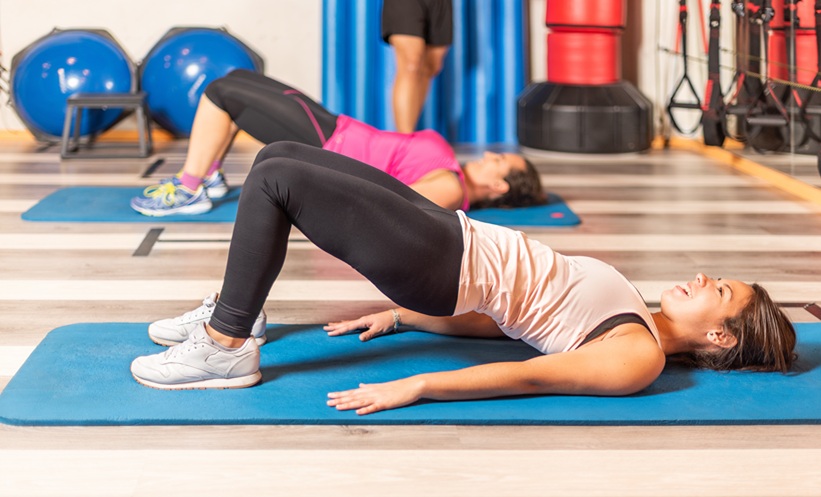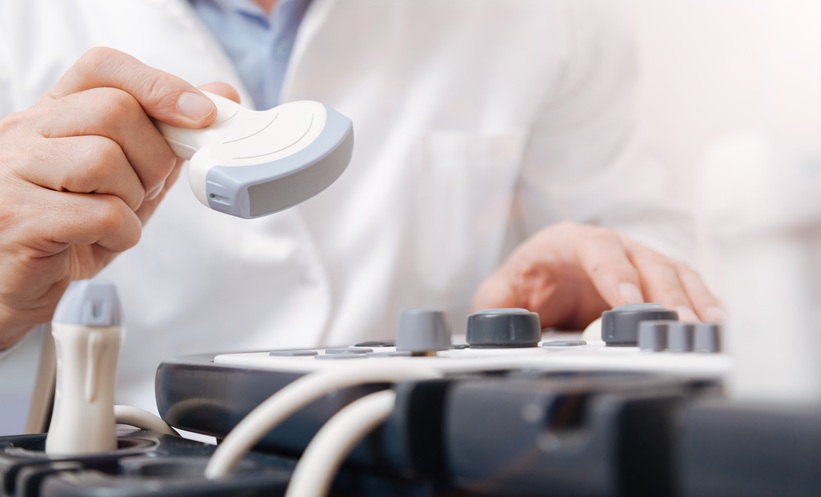DYSMENORRHEA, or painful menstruation, affects up to 90% of women of reproductive age and can significantly disrupt daily life. It may be classified as primary, linked to uterine contractions caused by excess prostaglandins, or secondary, often due to underlying conditions such as endometriosis or uterine abnormalities. Women with dysmenorrhea frequently experience reduced quality of life, elevated stress, and increased risk of emotional difficulties.
A growing body of research supports non-pharmacological treatments, particularly exercise, as effective in alleviating primary dysmenorrhea symptoms. The current study investigated the impact of combining two exercise therapies: Relaxation Exercises (RE) and Motor Imagery Focused Pelvic Floor Exercises (MOPEXE), on pain and menstrual symptoms in women suffering from primary dysmenorrhea.
Over two menstrual cycles, the combined intervention group reported a significantly greater reduction in pain, measured by the Visual Analogue Scale (VAS), compared to those using MOPEXE alone. Moreover, the combined approach positively influenced participants’ perceptions of menstruation. They were more likely to view it as a natural event and less as a bothersome experience. This shift in attitude, assessed using the Menstrual Attitude Questionnaire (MAQ), suggests that combined exercise therapies may also support emotional well-being during menstruation.
Although the Short-Form McGill Pain Questionnaire (SF-MPQ) did not reveal significant differences between groups, pain scores improved across all interventions. Notably, the study reinforced previous findings that relaxation techniques, such as progressive muscle relaxation, have a strong impact on reducing dysmenorrhea-related discomfort.
However, the study had limitations. It used generic rather than dysmenorrhea-specific tools to assess outcomes and did not measure pelvic floor muscle strength or long-term effects of the intervention. Despite this, the findings underline the benefit of integrating RE and MOPEXE as a safe, non-invasive option for managing menstrual pain.
Healthcare professionals are encouraged to recommend these techniques, particularly for individuals seeking alternatives to medication, as part of a holistic approach to menstrual health management.
Reference
Koçoğlu S et al. Comparison of motor imagery focused pelvic floor exercises and relaxation exercises for treating dysmenorrhea: a randomized controlled study. Taiwan J Obstet Gynecol. 2025;64(4):671-7.







